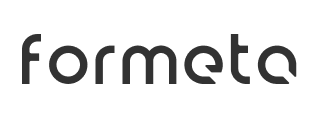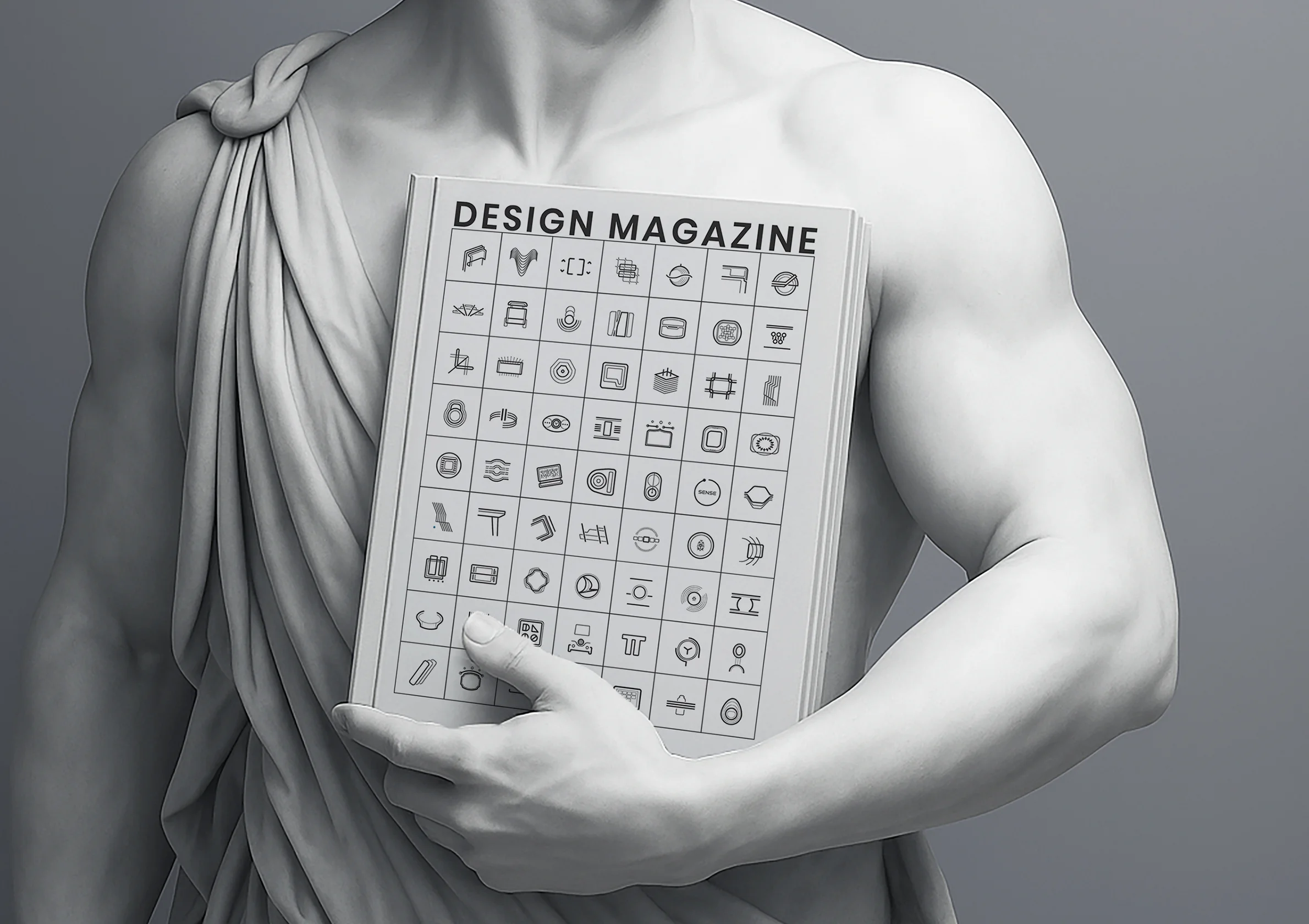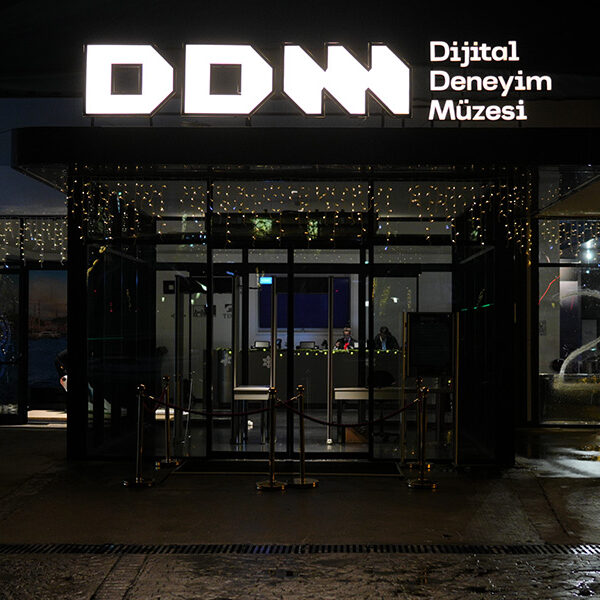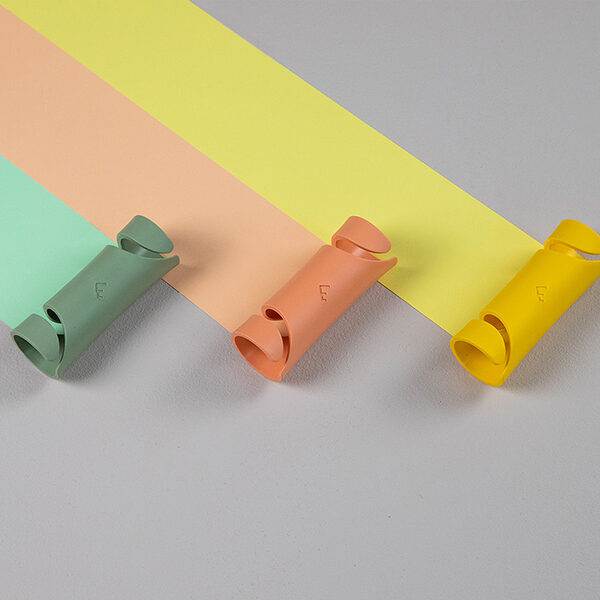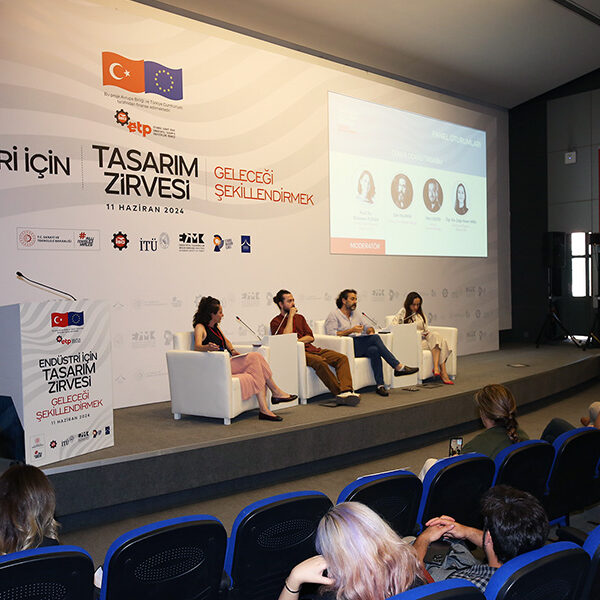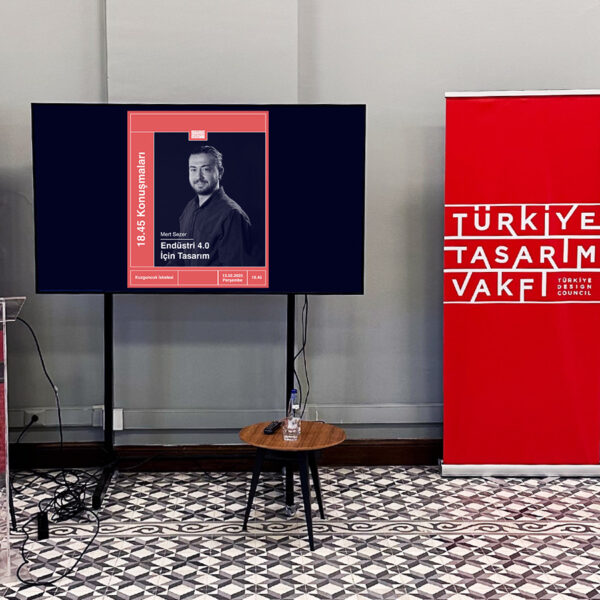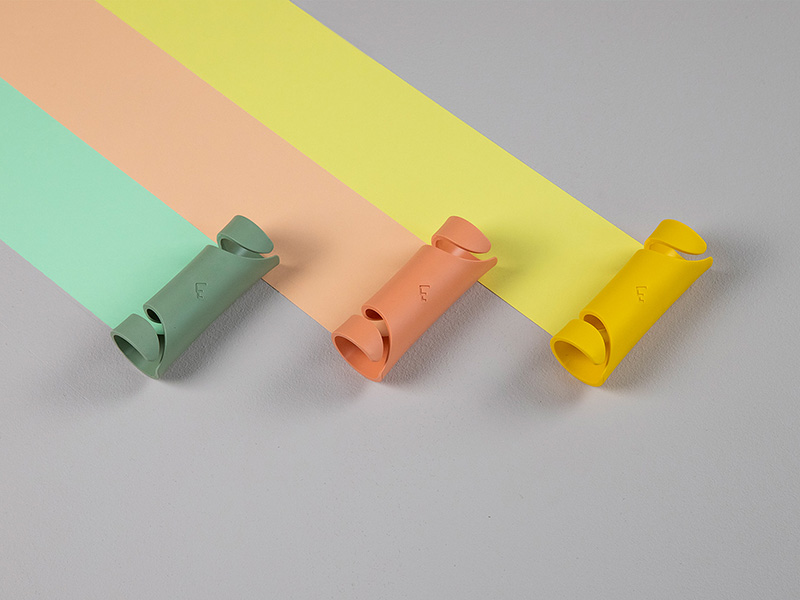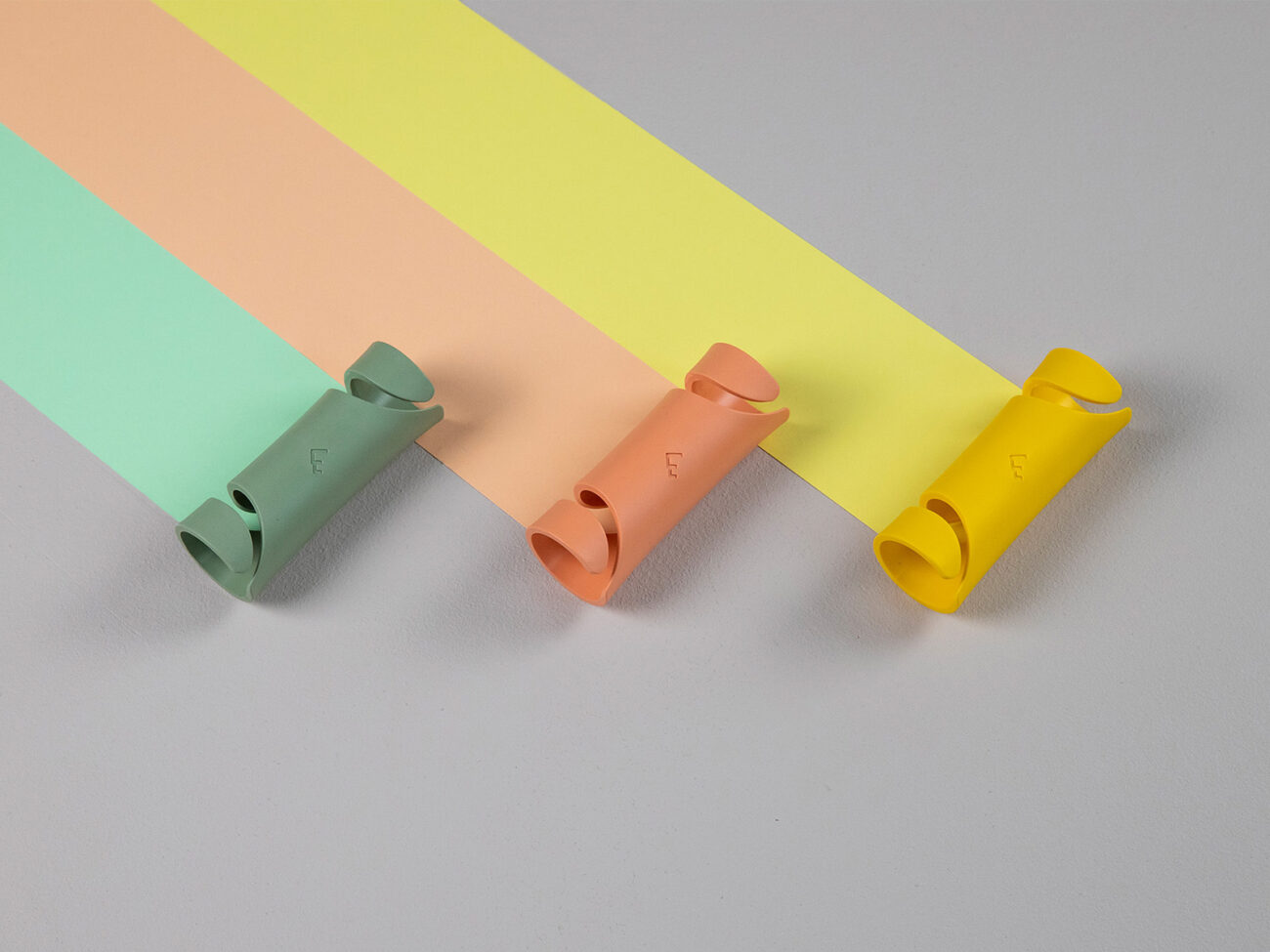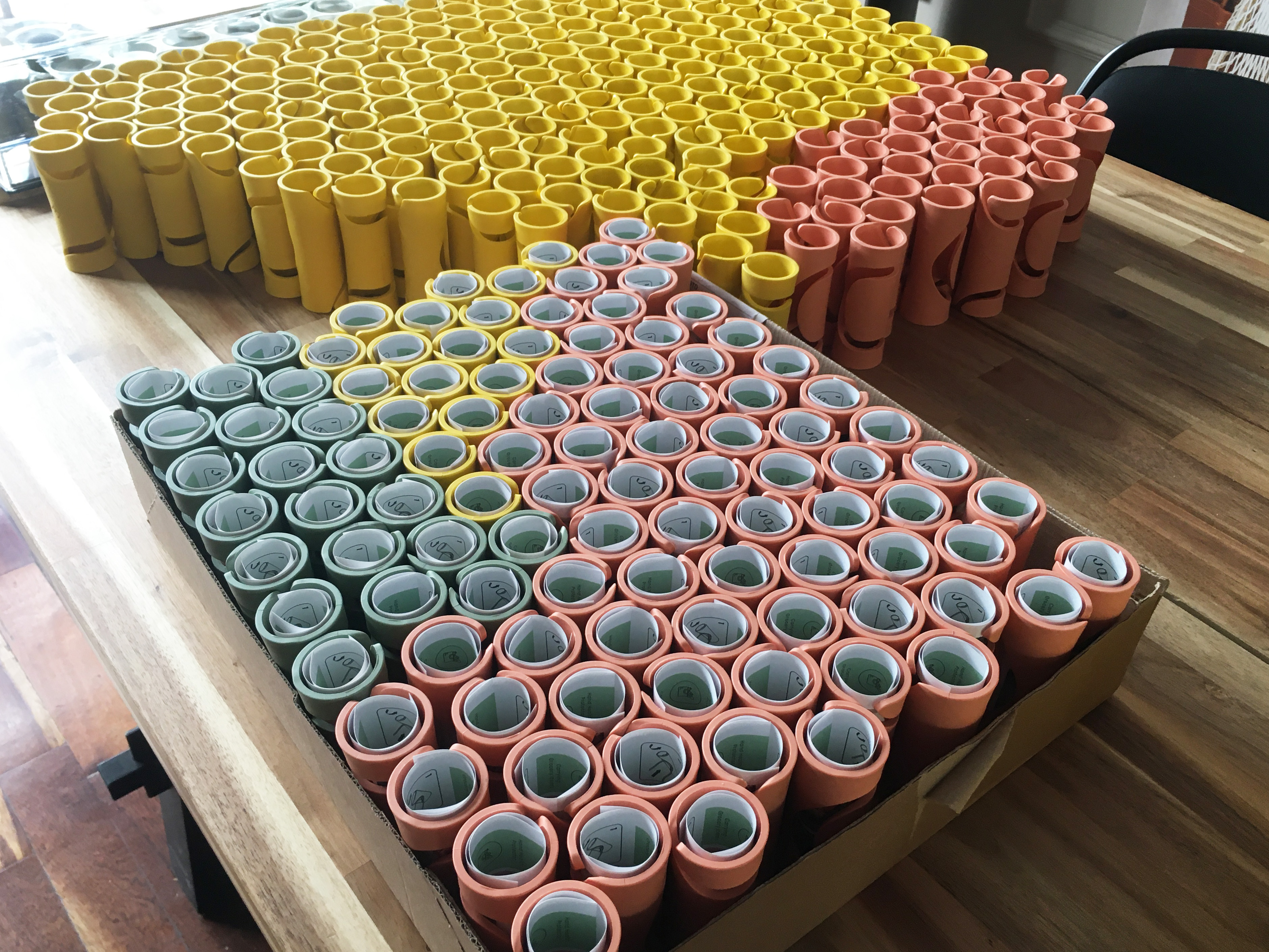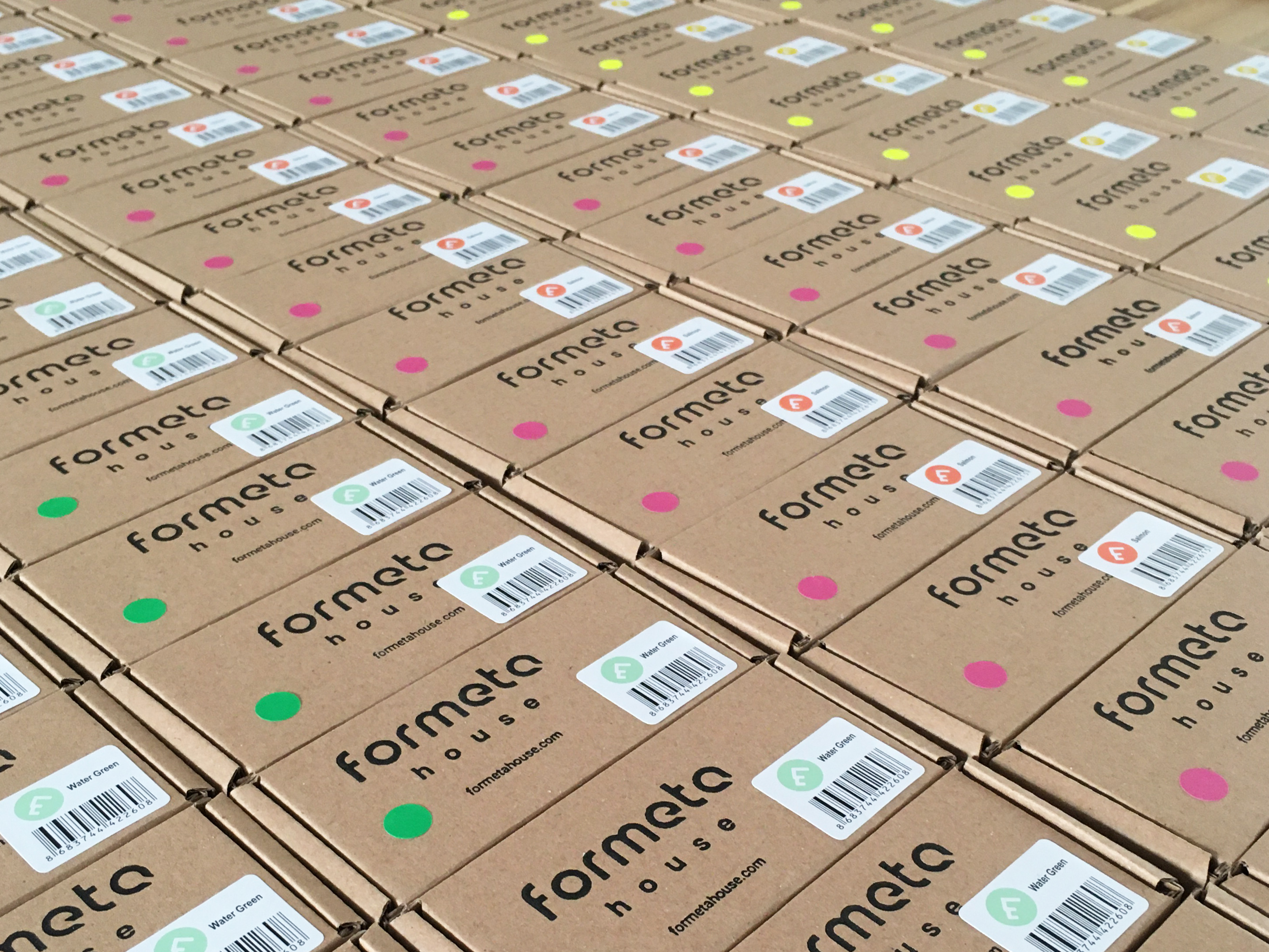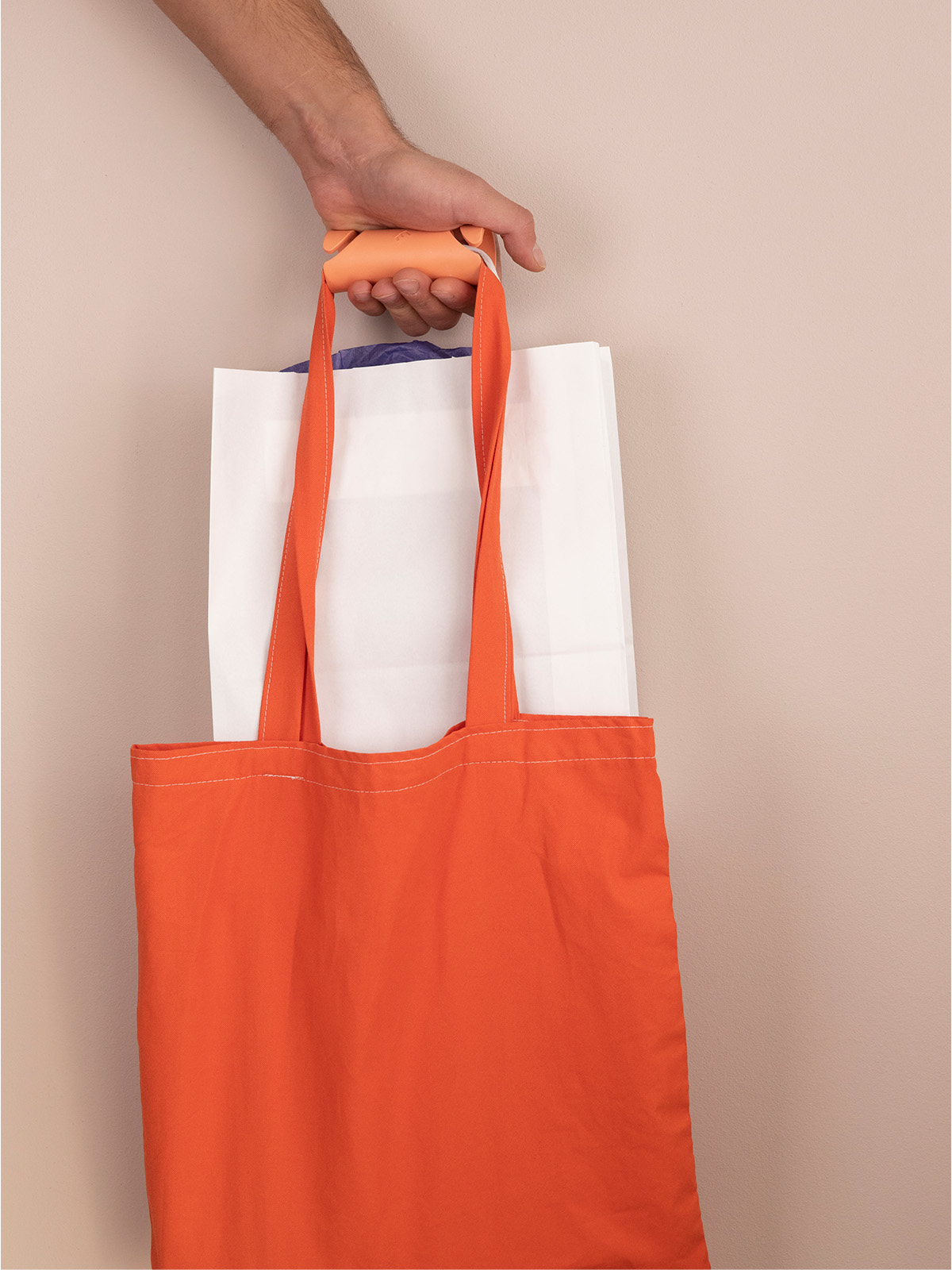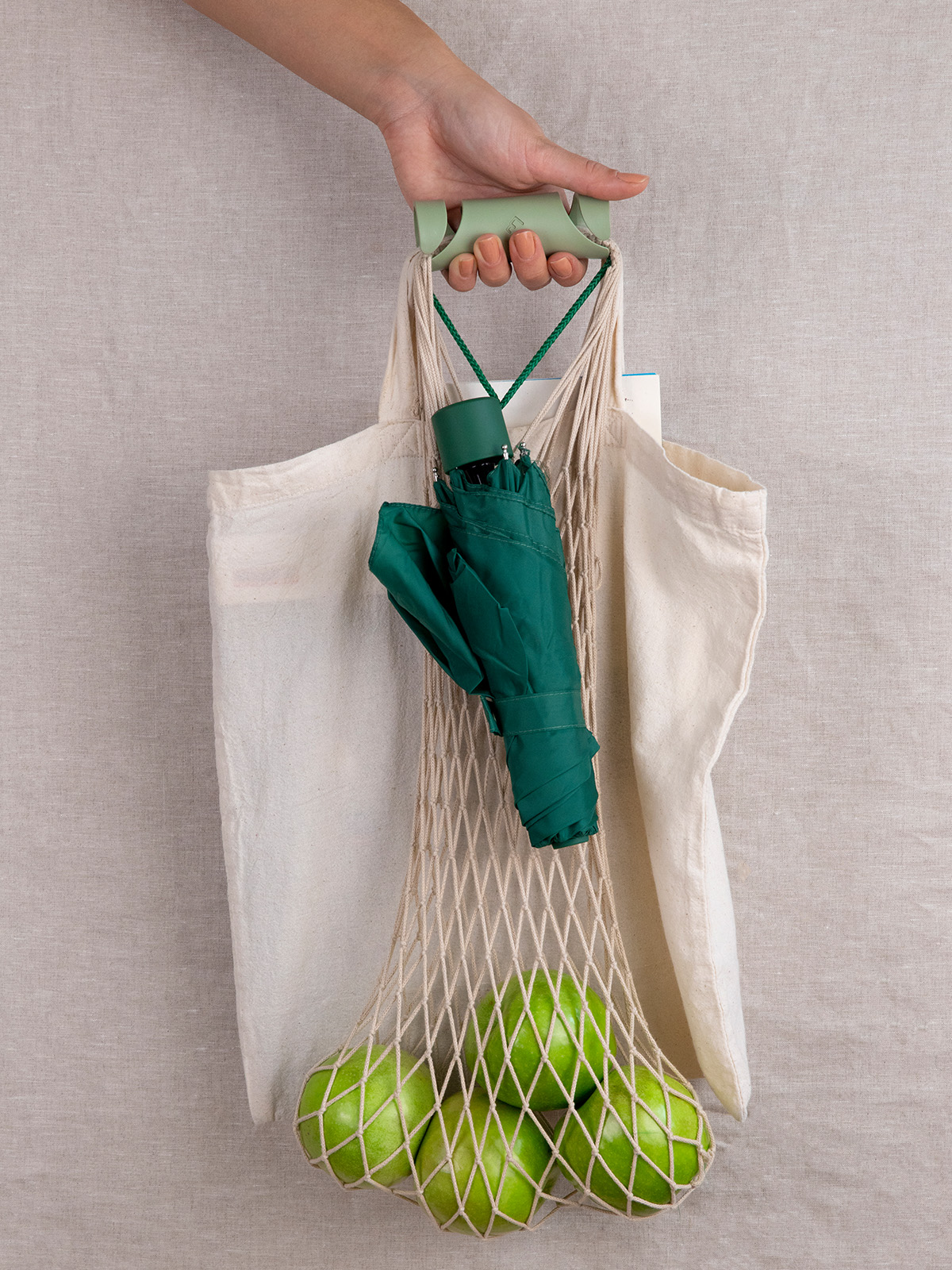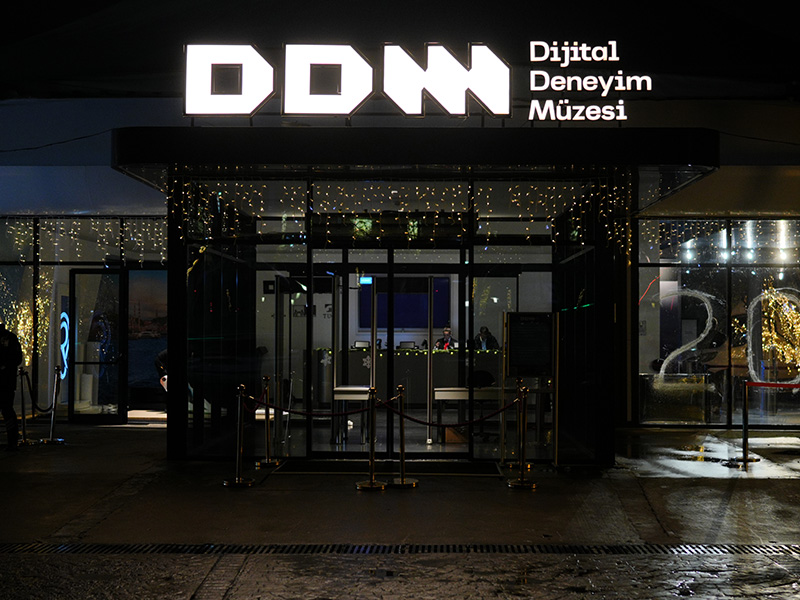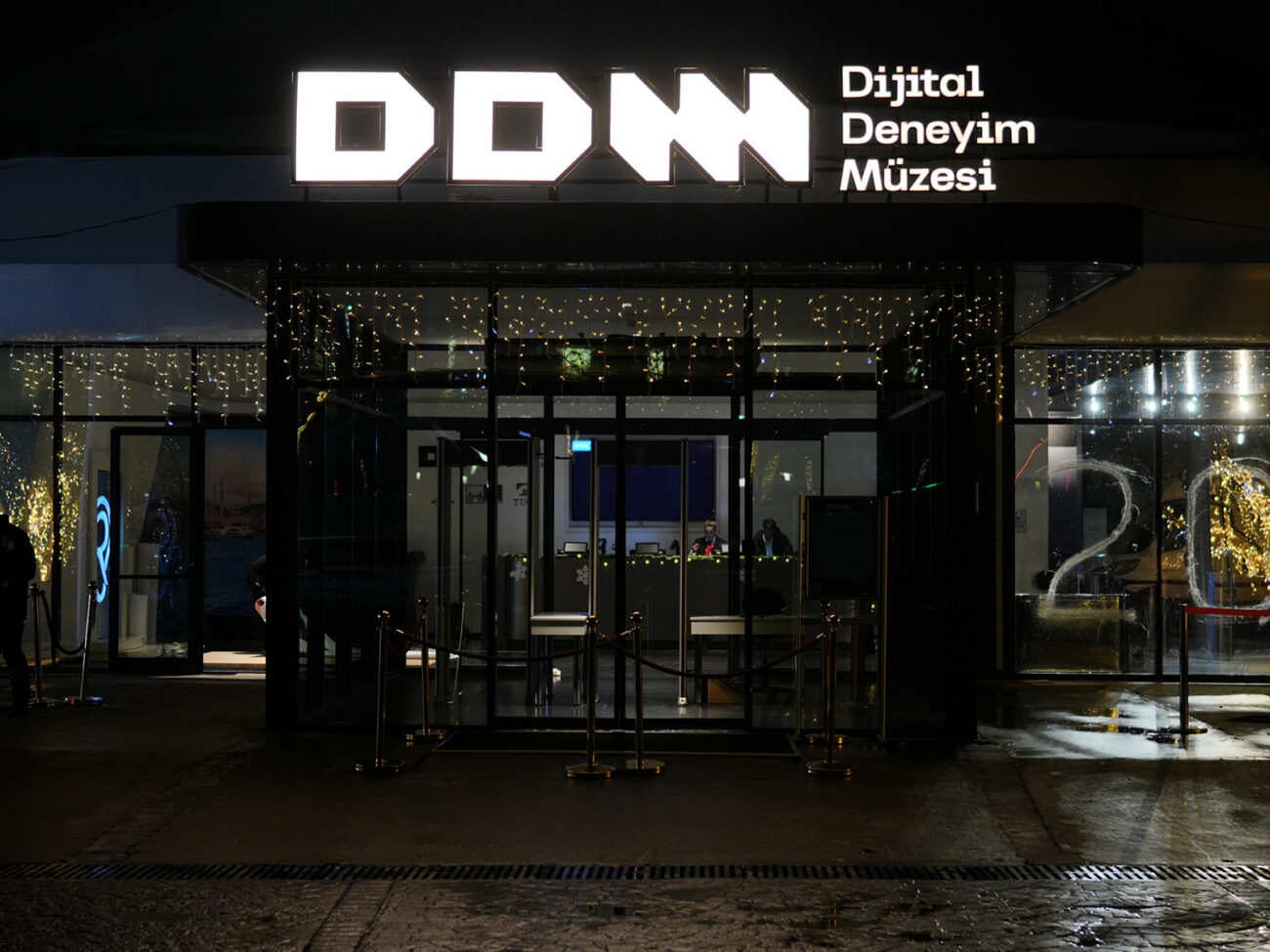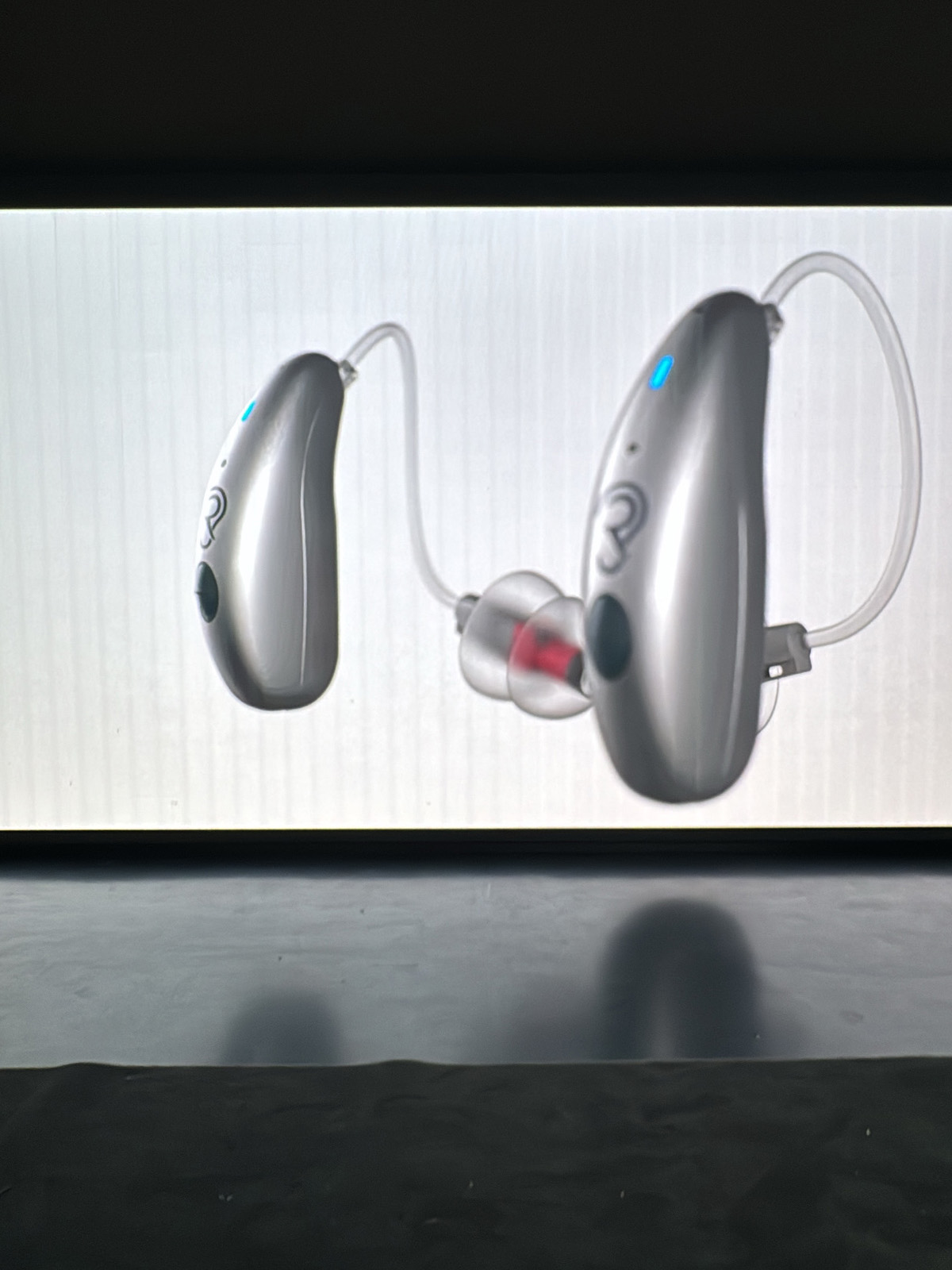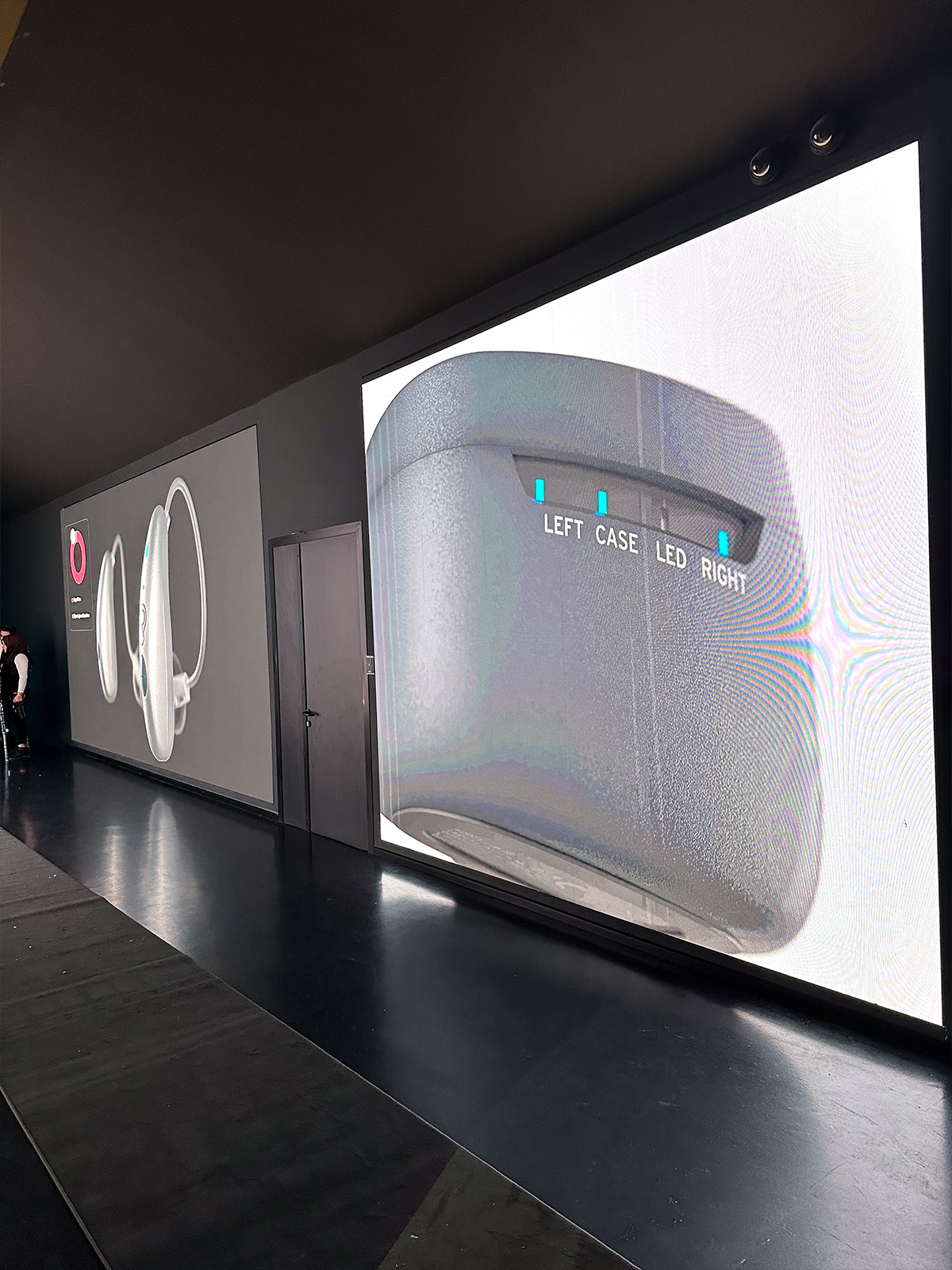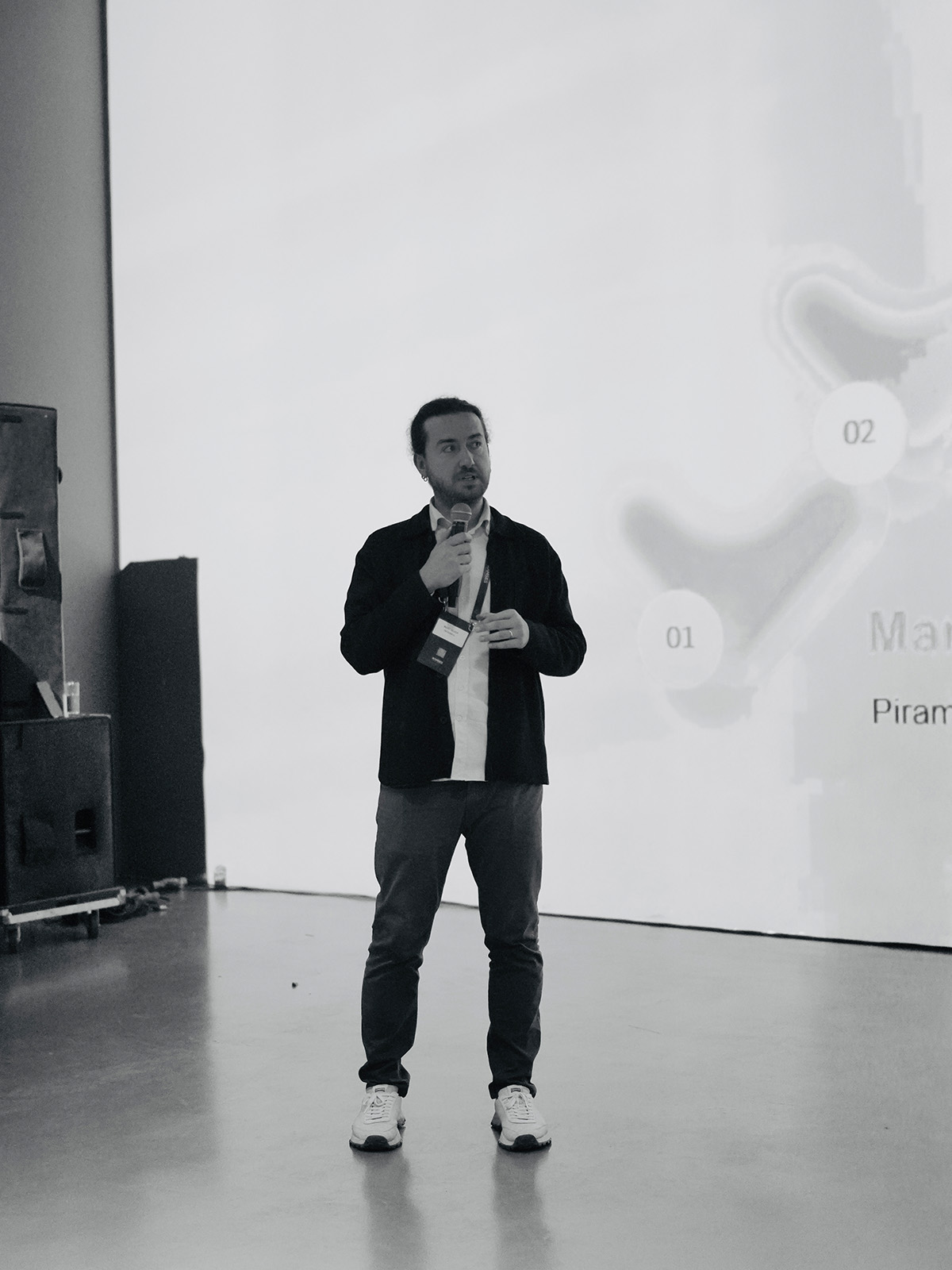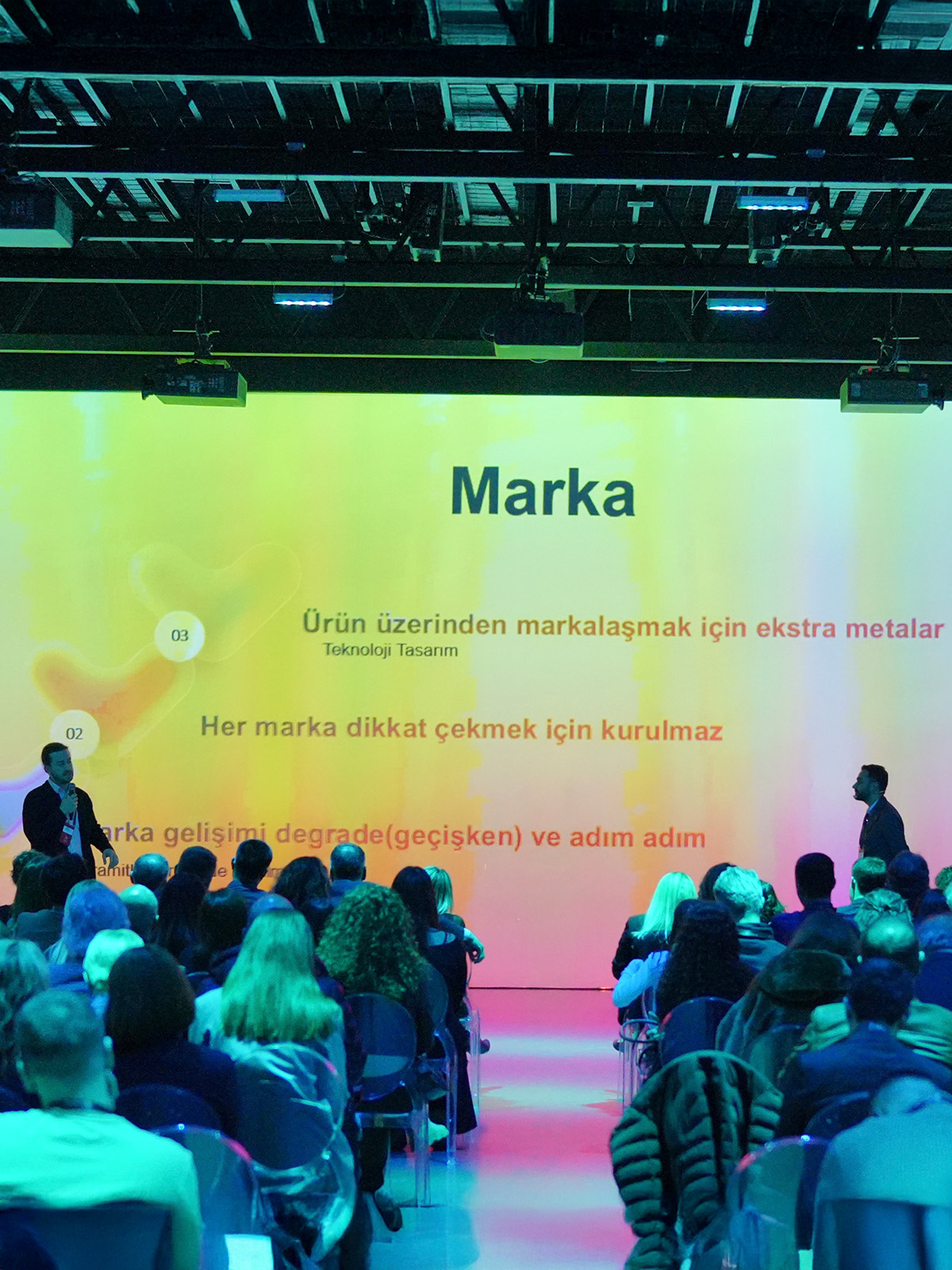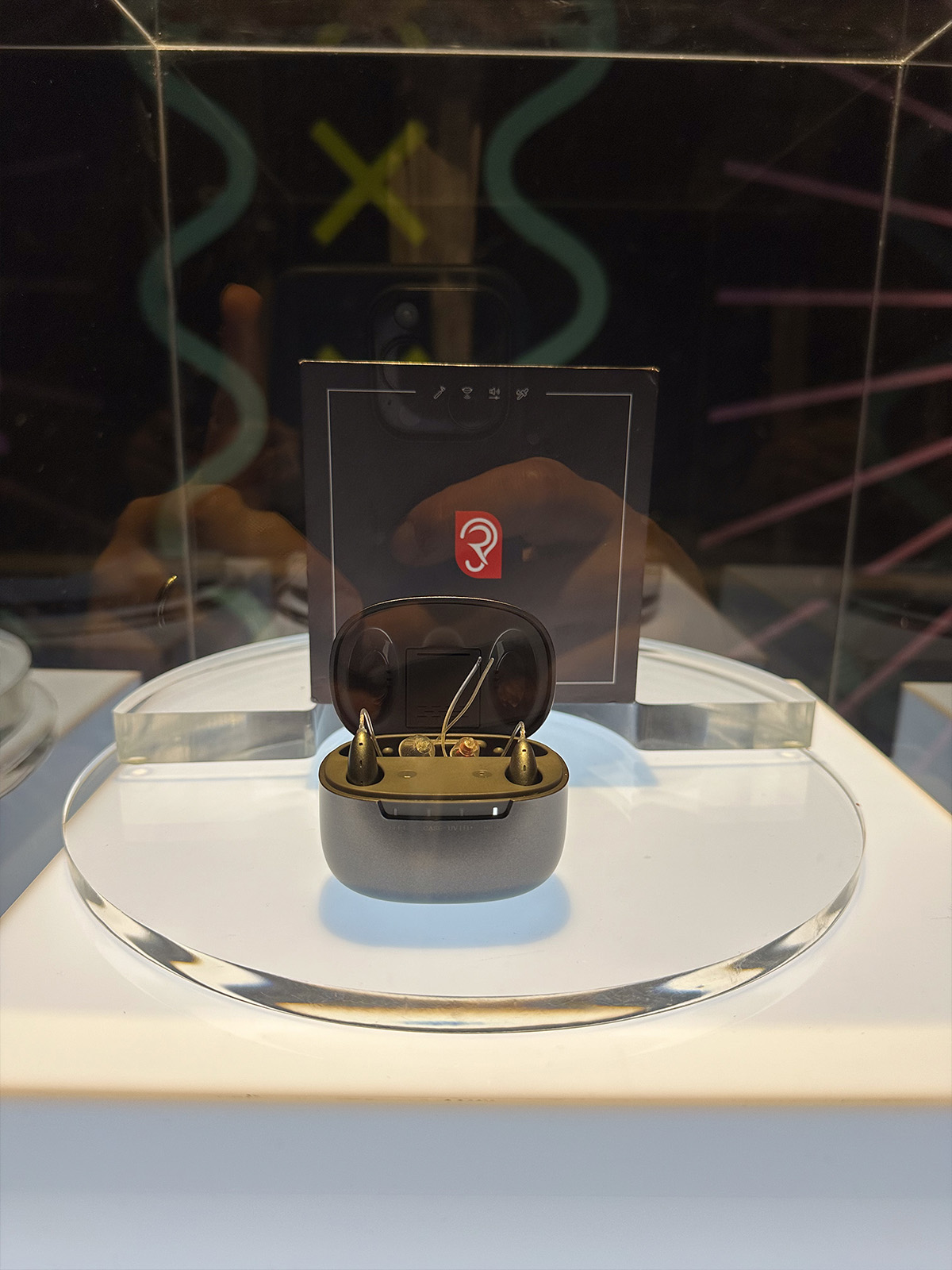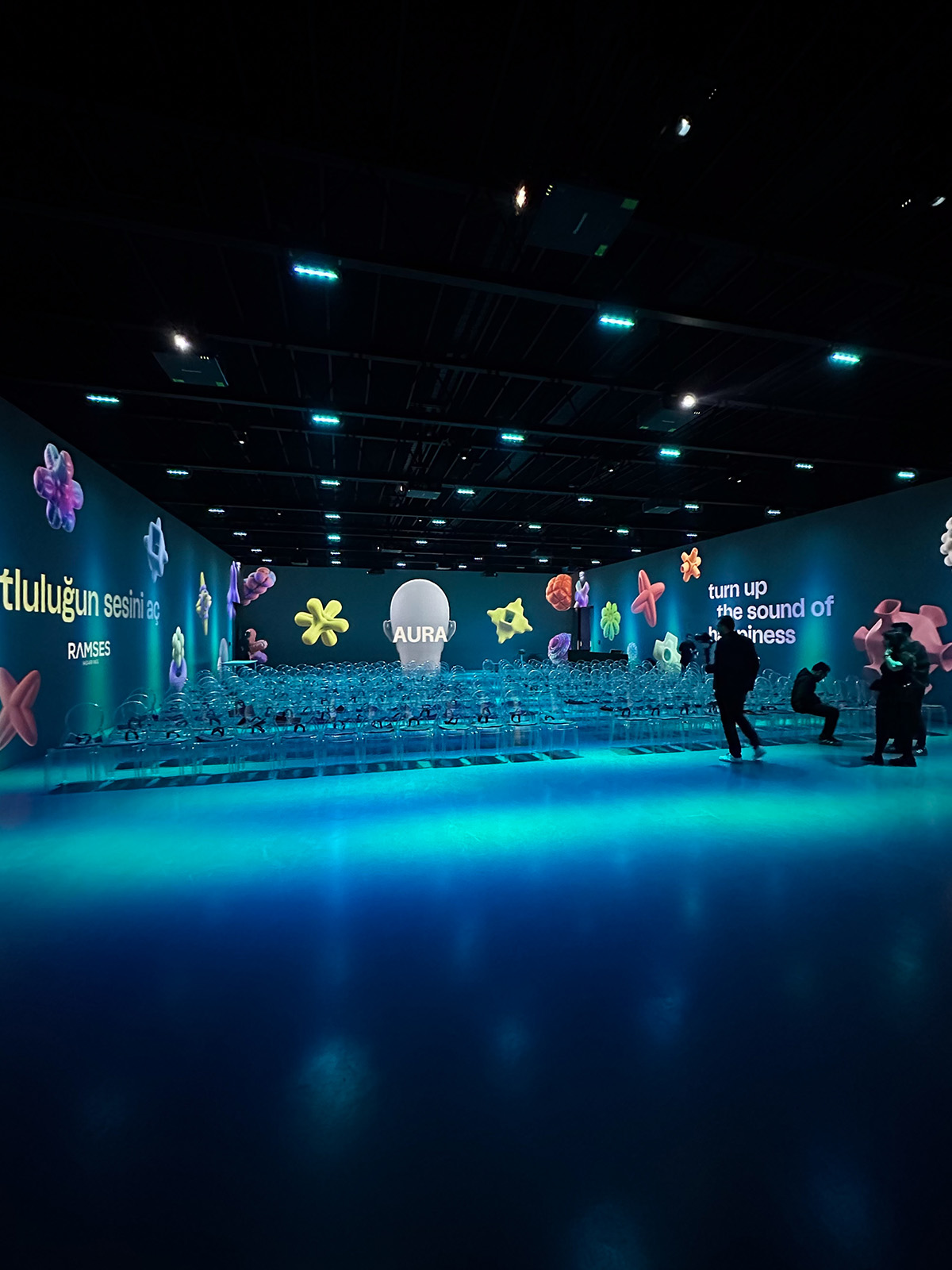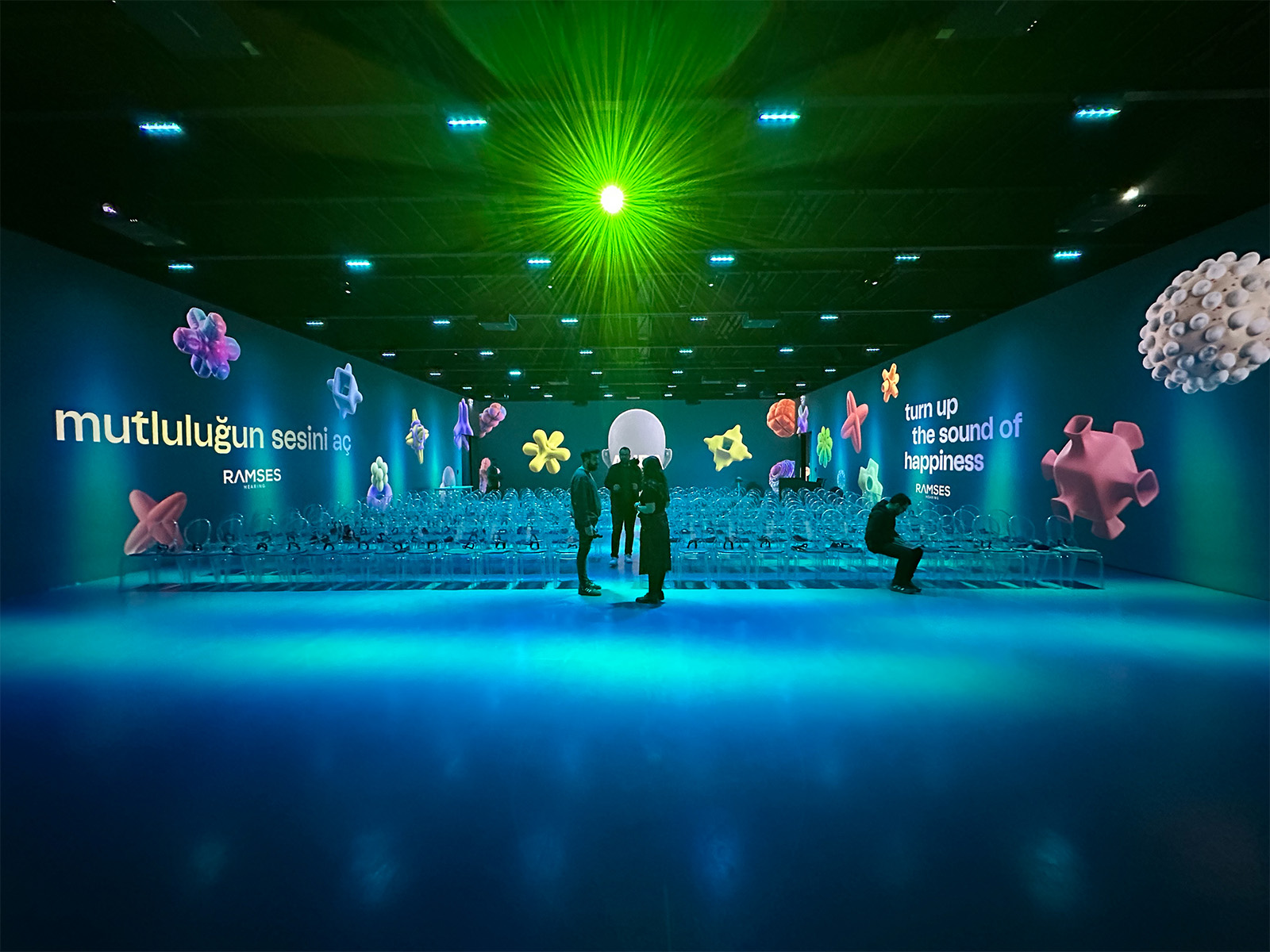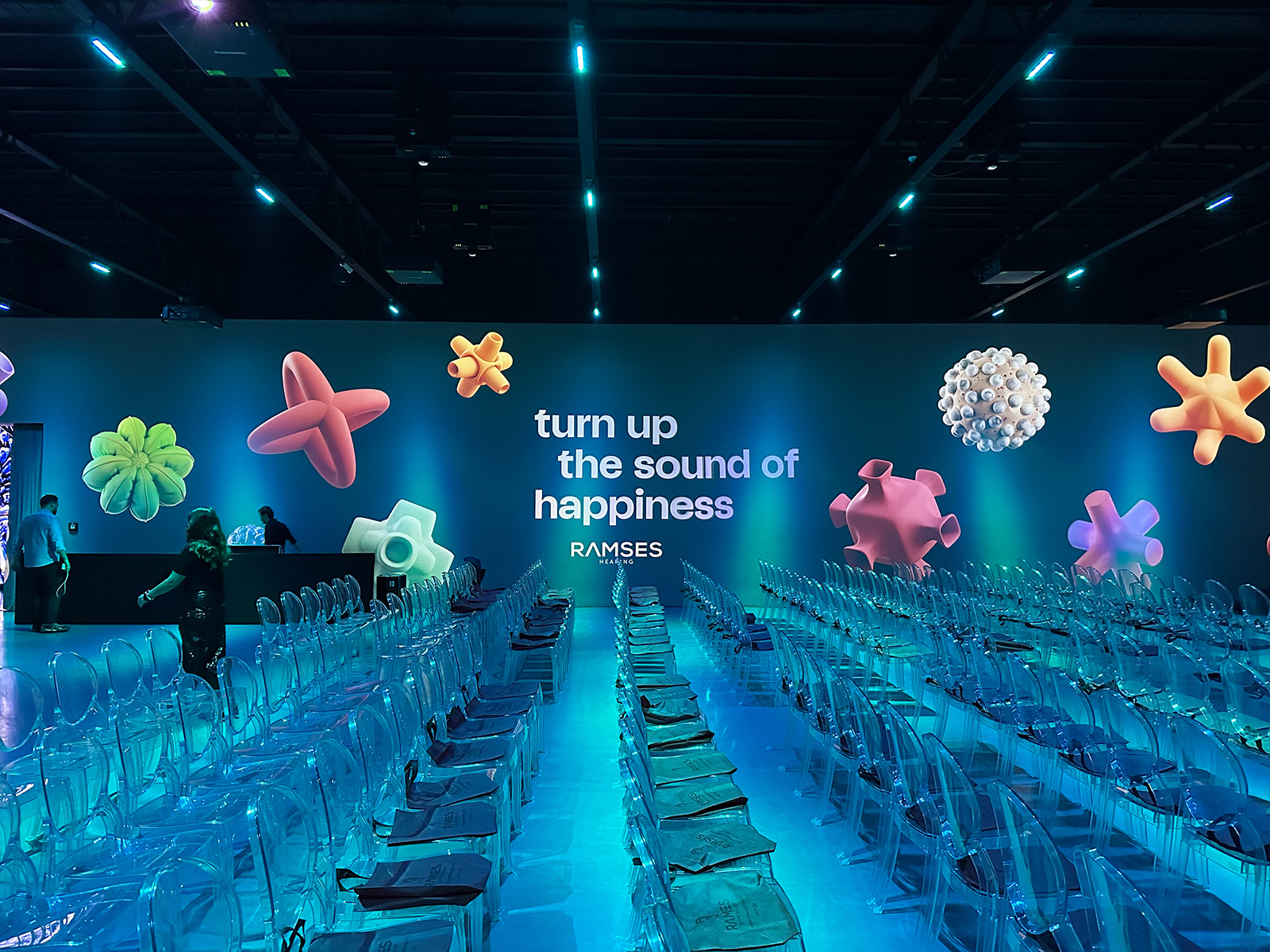Every Form, a Letter. Every Product, a Word.
Every Form, a Letter. Every Product, a Word.
Designing Our Visual Language: The Formeta Identity System
We’ve always seen design not just as problem-solving, but as a language—a way to connect people, technology, and ideas. As Formeta Design expanded across industries and disciplines—from physical products to digital platforms, from user interfaces to editorial publishing—we realized that our own identity needed to evolve too.
This is the story of why we rebuilt our visual identity from the ground up, how a single phrase—“Every form, a letter. Every product, a word.”—became our compass, and how we turned complexity into a living, visual dialogue.

From Fragmented Symbols to a Unified System

A Language Born from Design

A Living and Modular Framework
At the heart of our new identity lies a custom-built iconography grid. This grid isn’t decorative—it’s linguistic. Each symbol represents a core idea, a service, or a way of thinking. The system adapts to different formats and contexts: on our website, in presentations, in print materials, and even in our internal tools.
We moved away from a static brand and instead embraced a living framework—one that grows with our team and transforms with every new project.

Extending the Identity Across Mediums
Our website now acts as an interactive layer of the identity, where iconography and structure guide navigation and content. The same goes for our newly launched design magazine, which serves as both a curated editorial platform and an extension of our voice.
By unifying digital, physical, and print experiences, we created a brand that speaks consistently, yet never monotonously.

A System That Can Grow with Us
This new identity doesn’t just reflect what we do—it reflects how we think. It allows for growth, reinterpretation, and evolution. In a world where design is increasingly multidisciplinary, we needed a system that wasn’t just visually coherent but conceptually solid.
And more importantly, it allows us to build new words, new sentences—new ways to connect with the world around us.
If you’re rethinking your identity or building one from scratch, we hope our journey offers some perspective. In the end, identity isn’t just about appearance—it’s about intention, clarity, and the courage to speak your own language.
Follow our work at formetadesign.com or on Instagram and Behance for more behind-the-scenes design stories.
